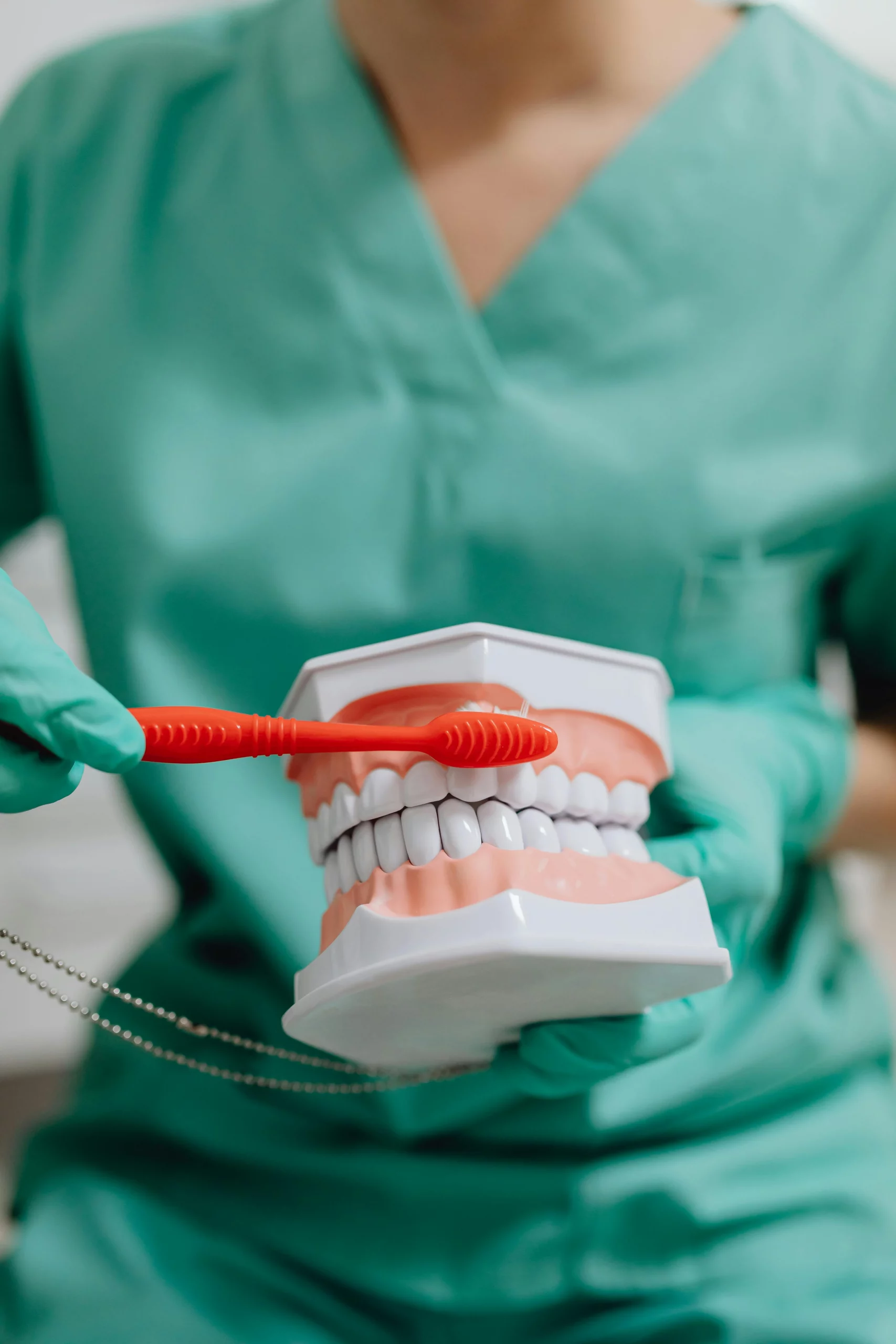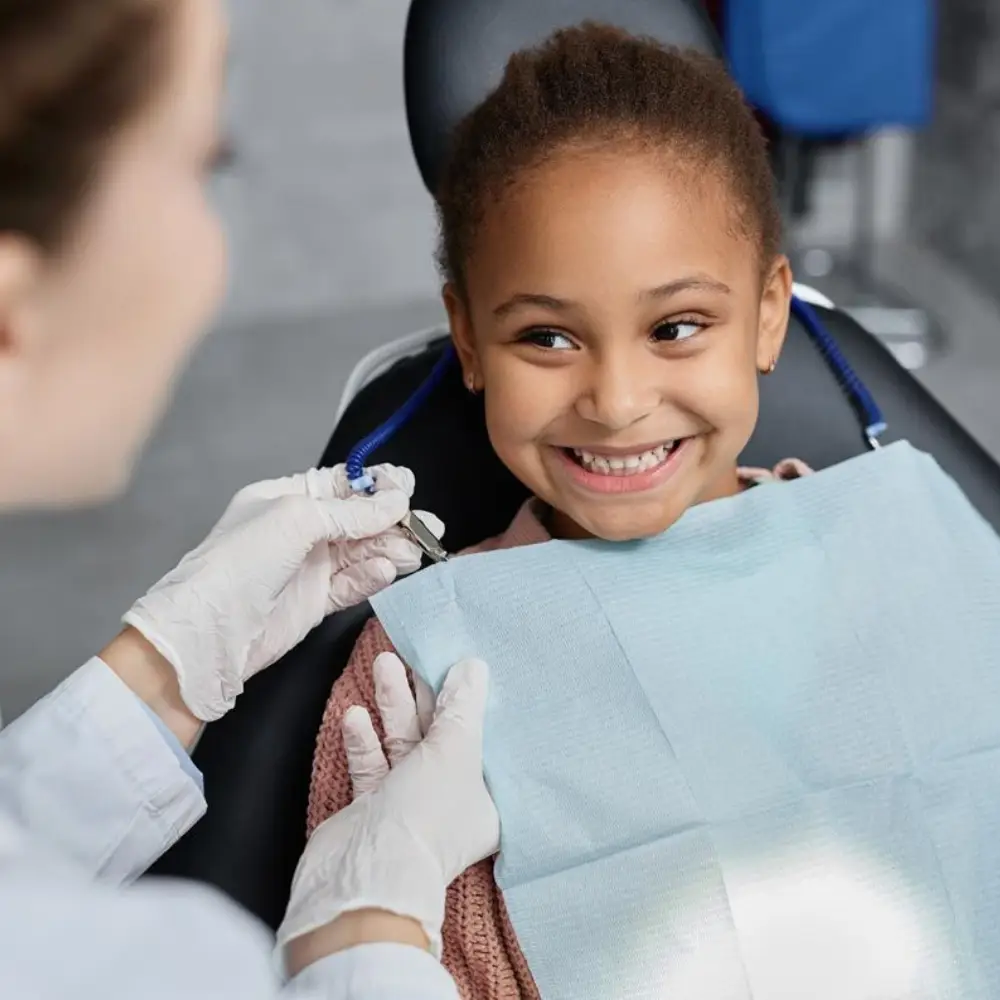Mornings, for many individuals, commence with the consumption of coffee—a beverage deeply embedded in daily routines and cultural rituals. While coffee serves as a stimulant and comfort, it has an unfortunate tendency to stain dental enamel over time. This discoloration, often observed as a yellow or brown hue, results from the beverage’s chromogens binding to the teeth’s surface. Such staining can be distressing for individuals seeking to maintain a bright smile. Nevertheless, effective strategies exist to mitigate these effects and preserve dental aesthetics.
The Science Behind Coffee Stains Teeth
Coffee contains tannins, which are plant-derived compounds known for their astringency and tendency to adhere to dental surfaces. When water is introduced, these compounds can decompose, resulting in pigmented molecules that attach to tooth enamel. Over time, this process contributes to a visible yellowing of the teeth, often described as a shift from a bright white appearance to a more muted or stained shade.
The impact of coffee on dental health extends beyond discoloration. Coffee is notably acidic, and this acidity gradually erodes the enamel that protects teeth. As enamel becomes thinner, the teeth become more susceptible to staining, as extrinsic pigments can penetrate more easily. Even with diligent oral hygiene such as brushing twice daily, staining from coffee may still occur, as enamel damage enables stains to persist.
At GPD Dental in Gaithersburg, the detrimental effects of coffee consumption on dental aesthetics are frequently observed. Teeth often develop noticeable staining due to regular coffee intake. Fortunately, understanding the mechanisms behind coffee-related staining empowers individuals to take preventive measures. With appropriate strategies, it is possible to mitigate these effects and restore a brighter dental appearance.
Why You Should Care About Coffee Stains Teeth
Stained teeth—fascinating, isn’t it? They’re not merely a cosmetic issue; they influence self-perception and social dynamics. When individuals feel self-conscious about the color of their teeth, it can impede authentic self-expression in both casual and formal interactions. Sociological studies consistently indicate that dental aesthetics play a notable role in perceptions of youthfulness, success, and even personal hygiene.
Given this, it is unsurprising that many invest considerable financial resources in various whitening products, from over-the-counter strips to at-home LED systems. However, a more sustainable approach involves understanding the etiological factors behind dental discoloration. Proactive prevention, rather than reactive measures, proves more effective in maintaining dental aesthetics over time.
How to Outsmart Coffee Stains Teeth Without Giving Up Coffee
Let’s be honest, no one is suggesting you abandon your morning coffee simply for the sake of dental aesthetics. Realistically, for many individuals (myself included), relinquishing that daily dose of caffeine isn’t on the table. Fortunately, there are practical strategies to minimize staining without imposing undue hardship.
To begin, it is advisable to consume coffee in a timely manner rather than sipping it slowly throughout the morning. Prolonged contact between coffee and teeth increases the risk of discoloration, much like an artist gradually layering paint on a canvas. Drinking at a moderate pace, rather than extending the process, reduces this exposure. Additionally, using a straw can limit direct contact between coffee and the teeth, providing a simple yet effective barrier, strikingly similar to the purpose straws serve with other beverages.
Another useful approach is to follow your coffee with a rinse of water. Swishing water around the mouth can help clear away residual coffee compounds, decreasing their opportunity to cause staining. It is also important to avoid brushing immediately after consuming coffee, as the acidity temporarily softens enamel. Waiting approximately thirty minutes before brushing allows enamel to recover, reducing the risk of abrasion and preserving dental health.
Implementing these techniques can help maintain a brighter smile without sacrificing one’s cherished coffee ritual.
The Role of Oral Hygiene in the Coffee Battle

Neglecting fundamental oral hygiene inevitably results in persistent discoloration, particularly for those who consume coffee regularly. Proper brushing technique, meaning a thorough, consistent approach rather than a cursory effort, is essential. Dental professionals recommend brushing twice daily with fluoride toothpaste, as its benefits are well-substantiated. Flossing, though frequently overlooked, is equally critical; it is the most effective method for removing particles and stains from areas a brush cannot access. Additionally, incorporating a whitening toothpaste once or twice weekly may contribute to further improvement in dental appearance.
Nonetheless, at-home care has its limitations. Professional dental cleanings remain indispensable. Practitioners at GPD Dental, for instance, utilize advanced equipment to remove accumulations that home routines often miss. They are also skilled in identifying early signs of staining or other dental issues, thus preventing more severe discoloration. Furthermore, patients receive individualized care plans to address their specific oral health needs. This comprehensive approach is clearly advantageous.
Coffee Stains Teeth? Whitening Treatments That Actually Work
Let’s be candid: if your teeth have lost their natural brightness due to frequent coffee consumption, you are certainly not alone. Many individuals experience persistent dental staining. Fortunately, this does not mean you must simply accept discoloration; there are reputable and effective approaches available to restore dental aesthetics.
At GPD Dental, we prioritize professional care over unreliable over-the-counter whitening products, which often deliver minimal results. Our practice offers custom treatments administered by qualified dental professionals, ensuring both efficacy and patient safety. For those seeking immediate improvement, in-office whitening procedures are available and can produce rapid, noticeable results. Alternatively, we provide professional-grade at-home kits, which are significantly more effective than generic products marketed online. Regardless of the chosen method, patients typically observe substantial improvements. Maintaining consistent oral hygiene habits, such as regular brushing and flossing, can further prolong these results even if coffee remains a daily indulgence.
If you are uncertain about which whitening option best suits your needs, we encourage you to contact our office in Gaithersburg. Our team is committed to offering personalized guidance without judgment or pressure simply informed, helpful recommendations to support your oral health.
Foods and Habits That Make Stains Worse
Attributing dental discoloration solely to coffee oversimplifies the issue. While coffee is undeniably a common contributor to tooth staining, it is by no means the only culprit. Other beverages, such as tea and red wine, are equally notorious for their staining potential, indeed, red wine is particularly well-known for its persistent chromogenic effects. Dark sodas, though often overlooked, also contain substantial amounts of coloring agents, further exacerbating the problem.
Moreover, tobacco use whether through traditional cigarettes or vaping devices remains a significant factor in dental discoloration. Nicotine and tar compounds leave highly resilient stains, making it exceptionally challenging to maintain a bright smile for those who partake in these habits.
Additionally, certain foods typically considered healthy, like blueberries, curry, and beets, are rich in deeply pigmented compounds that can contribute to tooth staining. The adage “colorful foods, colorful teeth” is not without merit in this context.
Therefore, individuals who regularly consume coffee, soft drinks, and vividly colored foods, while neglecting proper oral hygiene, are likely to experience noticeable staining. While toothpaste and mouthwash provide a degree of protection, they cannot entirely counteract the cumulative effects of these habits. Ultimately, dental aesthetics are closely linked to lifestyle choices, and disregarding this connection inevitably increases the risk of persistent staining.
Why Enamel Health Matters
Enamel serves as the primary protective barrier for your teeth, and, unfortunately, once it’s compromised, it cannot regenerate. Coffee, therefore, is not only responsible for discoloration but also contributes to the gradual erosion of this essential defense.
Given that most individuals are unlikely to forgo coffee, it is advisable to rinse the mouth with water following consumption. Immediate brushing should be avoided, as doing so may exacerbate enamel wear; waiting a short period is recommended. Additionally, fluoride use is beneficial, as it aids in reinforcing and repairing weakened enamel.
At GPD Dental, preventive care is a central focus. Fluoride treatments and other methods to strengthen enamel are incorporated into regular checkups. This is particularly important for individuals who frequently consume caffeinated beverages, as maintaining enamel integrity is crucial for long-term oral health.
Emotional and Social Benefits of a Brighter Smile
There’s a distinct psychological benefit to smiling freely, unconstrained by self-consciousness over dental imperfections. Many individuals, concerned about stains or discoloration, often conceal their teeth, opting for closed-mouth smiles or even avoiding photographs altogether. This behavior extends beyond mere vanity; it tangibly affects one’s self-esteem and social confidence.
In contemporary society, where visual impressions are amplified by the ubiquity of social media, the appearance of one’s smile significantly influences first impressions. Whiter teeth can function as a social advantage, enhancing perceived attractiveness and projecting an image of personal competence even when one’s daily life may be far from organized.
Ultimately, oral care extends beyond physical health, serving as a psychological buffer that can reinforce emotional well-being. The impact of dental aesthetics should not be underestimated; maintaining one’s teeth is, in many respects, an act of self-empowerment.
How GPD Dental Can Help
At GPD Dental in Gaithersburg, professionalism isn’t just a buzzword—it’s the baseline. Our team doesn’t operate like automatons fixated on routine procedures; instead, we prioritize patient-centered care, aiming to optimize both dental health and personal confidence. There’s no ambiguity in our mission: a healthy smile is fundamental, and so is the self-assurance that comes with it.
From extensive experience, we’ve encountered a wide array of dental concerns, stains from coffee, unexplained discolorations, you name it. These are not anomalies for us; they are familiar territory. Our expertise enables us to address even the most persistent or unusual cases with composure and skill.
Our practice diverges from the standard approach of repetitive, impersonal procedures. We emphasize preventive checkups designed to minimize time spent in the dental chair, advanced whitening techniques that yield significant results, and practical advice to prevent future staining recommendations we adhere to ourselves.
In summary, there is no need to conceal your smile or allow minor dental imperfections to undermine your confidence. Your teeth are an asset; display them proudly. It is our responsibility to support you in maintaining optimal oral health, ensuring your smile is both vibrant and enduring.
Final Thoughts: Don’t Choose Between Coffee and a White Smile
Consuming coffee regularly does not necessarily condemn one to permanent dental discoloration. It is entirely feasible to enjoy caffeinated beverages while maintaining dental aesthetics. Adopting effective oral hygiene strategies—such as utilizing appropriate dental tools and establishing consistent care routines—can significantly mitigate staining. Furthermore, regular professional dental care remains a critical component in preserving tooth whiteness.
While extrinsic staining from coffee is a widespread occurrence, it does not constitute an irreversible condition. With proper preventive measures and timely intervention, such discoloration can be managed or even prevented.
For individuals seeking to improve their dental appearance, professional consultation is advisable. Scheduling an appointment with GPD Dental enables the development of a personalized care plan, accommodating the realities of daily coffee consumption while prioritizing oral health.
Frequently Asked Questions (FAQs) About Coffee Stains Teeth
1. Why does coffee stains teeth more than other drinks?
Coffee contains tannins and acidic compounds that easily stick to tooth enamel. These tannins cause dark pigments to cling to the surface, leading to discoloration over time. The acidity can also weaken enamel, making teeth more susceptible to staining. This is why regular coffee drinkers often notice their teeth becoming duller or yellowed. Understanding this helps in taking steps to protect your smile.
2. Will quitting coffee completely remove the stains?
Quitting coffee can help prevent new stains from forming on your teeth. However, it won’t remove the stains that have already built up over time. For those existing discolorations, professional dental cleaning or whitening treatments are often necessary to fully restore brightness. At-home remedies may help slightly but usually aren’t enough for deep stains. A dentist can recommend the best approach for your specific situation.
3. How soon after drinking coffee can I brush my teeth?
After drinking coffee, it’s important to wait at least 30 minutes before brushing your teeth. The acidity in coffee temporarily softens tooth enamel, and brushing too soon can cause damage or erosion. Waiting allows your enamel to re-harden, making brushing safer and more effective. During this time, rinsing your mouth with water can help reduce acidity. This simple step protects your teeth while maintaining oral hygiene.
4. Can drinking coffee with milk reduce staining?
Adding milk to coffee can slightly reduce its staining effects. Dairy milk contains casein, a protein that binds with tannins and lowers their ability to stick to teeth. This means coffee with milk may cause less discoloration compared to black coffee. However, this doesn’t eliminate staining entirely, so proper oral care is still important. Using milk is a helpful small step but not a complete solution.
5. Are whitening strips safe to use regularly?
Over-the-counter whitening strips can be safe when used according to the instructions. They offer a convenient way to brighten teeth at home but must be used with caution to avoid overuse. Excessive or improper use of these products can weaken enamel and increase tooth sensitivity. Professional whitening treatments, by contrast, are carefully monitored and generally more effective. Consulting a dentist ensures you get safe, reliable results without harming your teeth.


